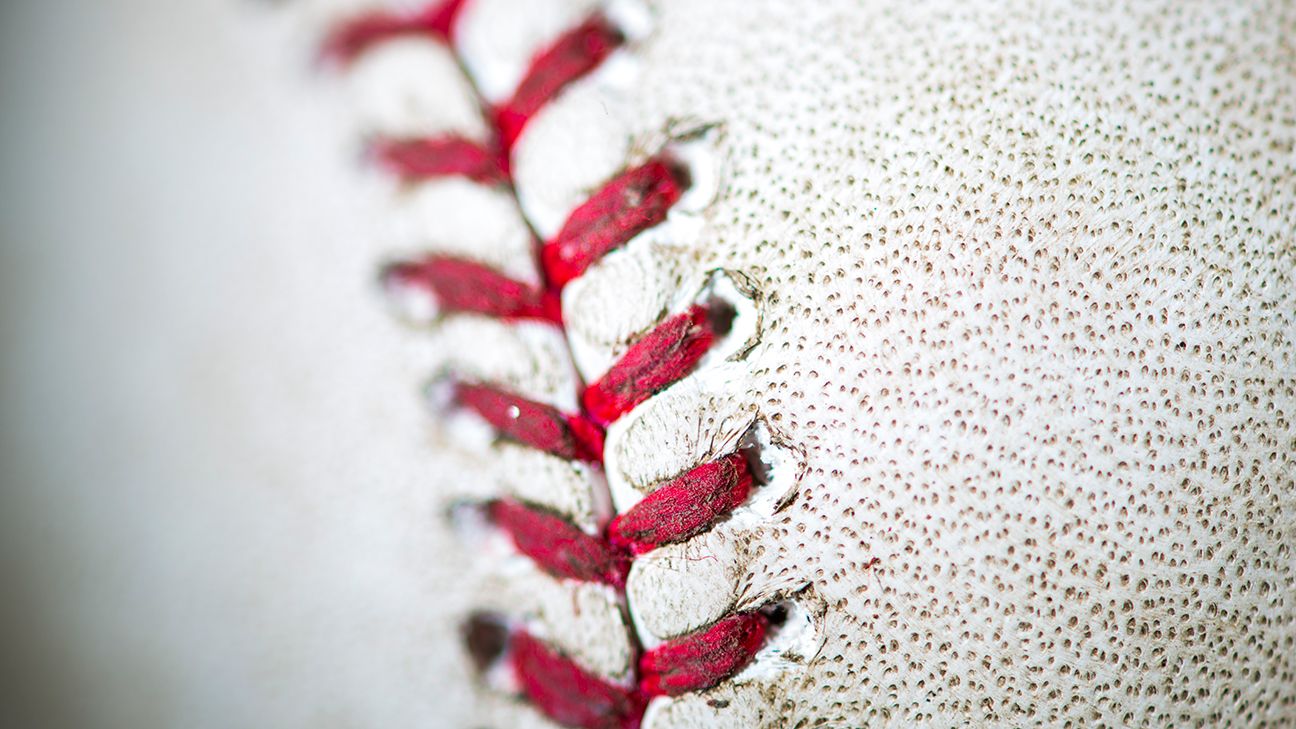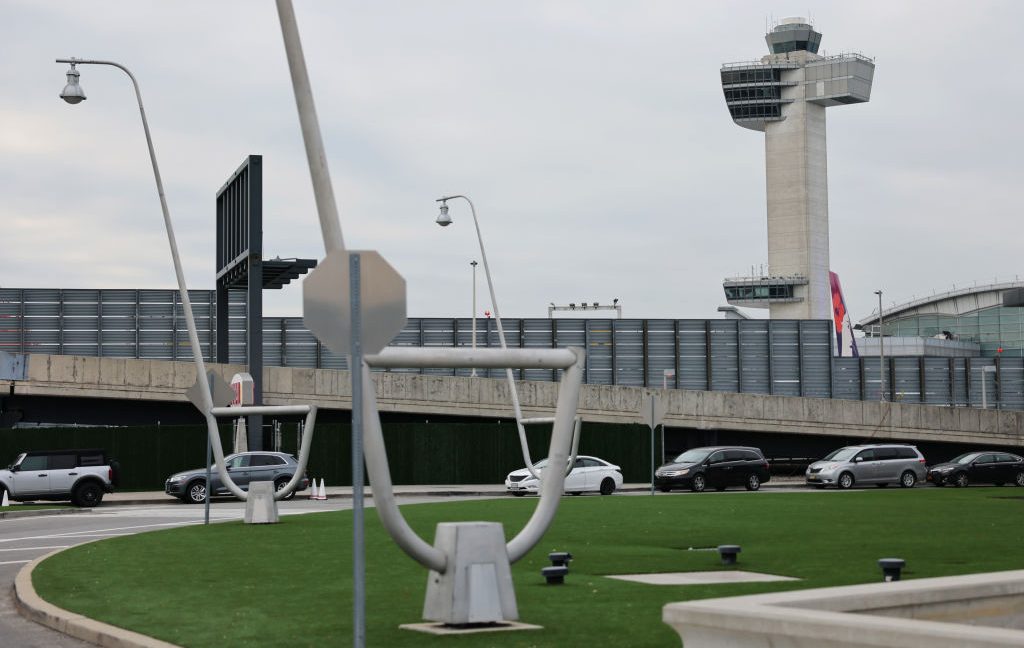We may earn a commission from links on this page.
There was a time when I would confuse the terms “Dutch oven” and “slow cooker.” I couldn’t tell you why, but it was probably because I had never really operated either of them before and these vague, old-timey titles fused together in my mind. (I envisioned a cauldron over a fire.) Well, let the record show that they’re not the same. Not only are they completely dissimilar in appearances, but they specialize in somewhat different cooking tasks. H
Both cookers are known for their slow and steady cooking properties, and due to their deep shape, the Dutch oven and slow cooker are both good candidates for high-moisture foods. The biggest difference is that one is a proper electronic appliance, and one is, well, a pot.
The slow cooker
Credit: Allie Chanthorn Reinmann
What is it?
The slow cooker is a cooking appliance that includes a lightweight (usually aluminum) housing with an electric heating element at the bottom. There’s always a heavy ceramic vessel that sits snugly into the housing and this is where the food cooks. Oh, and there’s a lid. The lid fits loosely and that seems like a mistake at first, but it’s not supposed to be tight—steam is supposed to gently escape during cooking.
On the front of every slow cooker is a control panel. This might be a simple rotating dial, or it could be a whole digital display with buttons and a timer. The settings are usually high, low, keep warm, and the amount of time it’s cooking for. Here’s the one I have, and it works well for me.
When to use your slow cooker
The electric heating element in the housing gently heats the ceramic interior vessel to a range just around boiling. Depending on the model, low temperature might be around 200°F and it may only go as high as 300°F. With temperatures this low and gentle, you can see why it’s called a slow cooker. Most things that go in will take over an hour to cook. That makes this appliance great for hands-off cooking where you want flavors to deepen and meld, and tough meats that would benefit from the tenderization of low, slow heat.
Where the slow cooker really shines is with set-it-and-forget-it cooking and keeping foods warm for a long period of time. Since it’s not cooked on the stove and the entire heating mechanism is enclosed, the slow cooker is safe to leave on the counter unattended. (As long as you trust your cats to leave it alone. It’s a gamble for me.) The slow cooker can be a huge helper when you need to free up the stove and oven, like for Thanksgiving. I think the “keep warm” function is the biggest boon for party hosting. I’ll keep a huge tank of Swedish meatballs warm in a large slow cooker, and a small batch of mulled glögg steaming in another.
Set up the slow cooker for:
You wouldn’t use the slow cooker for anything that needs to be done quickly, or anything that requires high heat. For example, you can’t sear something in the slow cooker. It’s a better tool for boiling, steaming, or keeping moist foods and drinks warm.
The Dutch oven

Credit: Allie Chanthorn Reinmann
What is it?
A Dutch oven is not an appliance at all. I’m willing to bet that the word “oven” in the title is what throws off most people. In the simplest terms, it’s a heavy-duty cast iron pot with a lid. There are no moving parts, no plugs, and no instruction manual. The fanciest thing about it is the enamel glaze that can come in a rainbow of colors and makes the interior somewhat non-stick. I’ve been pretty obsessed with mine this winter. My Dutch oven was a gift and it has no brand name (many of the affordable ones are just as good as the fancy ones), but if I were to buy another one it would probably be a Lodge.
When to use it
The Dutch oven excels at holding onto heat for long periods of time and distributing it evenly because of its dense walls. They’re also oven-safe up to 500°F (and maybe higher, depending on the brand). That makes this pot great for anything that needs to be cooked for a long period of time, any meals that move from the stove top to the oven, or things that benefit from roasting in an enclosed space in the oven.
The Dutch oven is a great vessel for frying since the thick metal retains heat better than a thin pot. You won’t have to keep messing with the flame to maintain a 350°F temperature. My favorite things to throw in Ol’ Dutchie are bread for the increased oven spring (the final rise a loaf of bread does in the oven) and soup or stew. If you’re in need of a recipe, my crispy chicken and rice recipe really shows off what the Dutch oven is capable of.
Pull out the Dutch oven for:
You wouldn’t use the Dutch oven for anything that you want to cook quickly because it takes so long for the metal to come up to temperature. Frying eggs, quick stir-fried noodle dishes, and whipping up grilled cheese sandwiches are still best done in a classic frying pan.
How to choose between the two
The next time you’re making pulled pork, stew, or white bean chili, you could reach for either cooking tool. When deciding between the two I usually ask myself a few questions: Do I want to do a little work or practically no work, are there tough cuts of meat I’d like to tenderize, and how much time do I have until I want to eat? If I have a few hours or tough bits of beef to cook, I’ll probably dump the ingredients in the slow cooker. If I want to eat within the hour and/or the meal has seared and simmered elements, I’ll likely turn to my Dutch oven.















